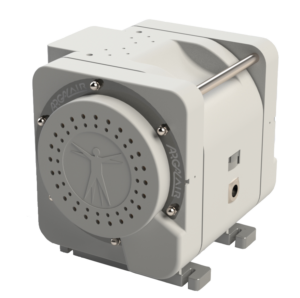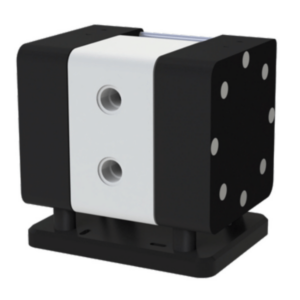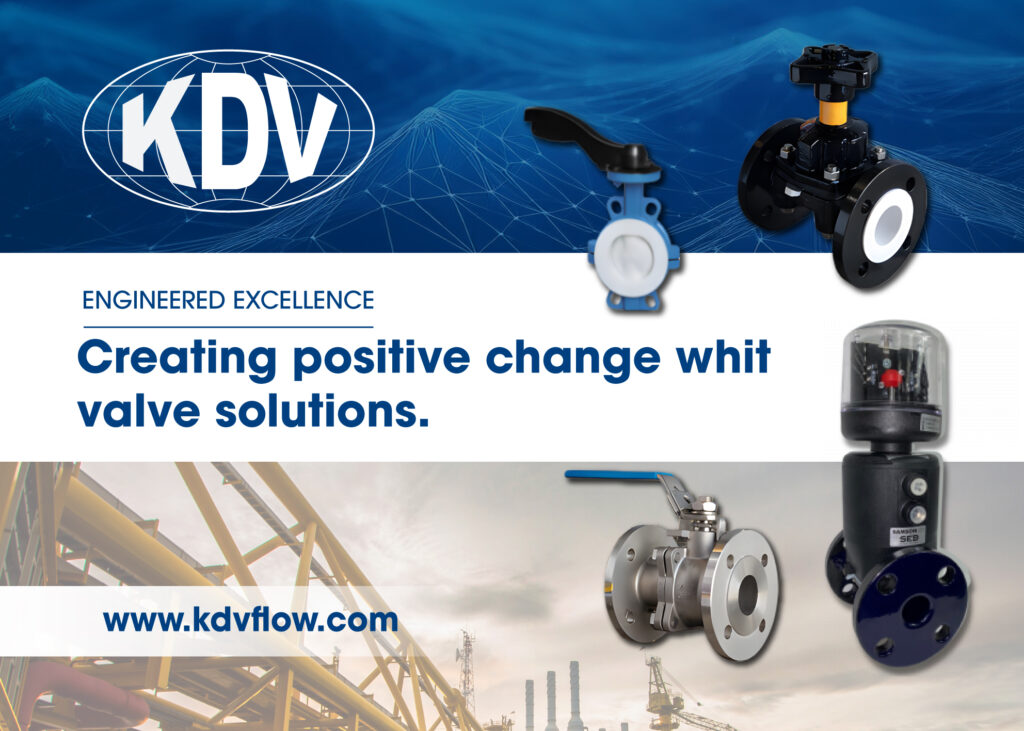Diaphragm Pumps
Diaphragm pumps are positive displacement pumps that use a flexible diaphragm to move liquids. These pumps are ideal for transferring a wide range of fluids, including viscous, abrasive, and corrosive substances. The diaphragm flexes to create a vacuum, drawing in ... Read More
-
Manufacturers
-
Industries
-
Body Material
-
Pump Categories
-
Pump Operation
-
Priming
-
Pump Technology
-
Media
-
Applications
-
Country
-
Protection Classes
-
 PolyethyleneChemicalsChemicals
PolyethyleneChemicalsChemicalsChemical Pump QUANTUM (DDQ)

-
 SolventsPTFE
SolventsPTFEChemical Pump QUANTUM-S (DQS)

-
 PVDF
PVDFDEPA® Air Operated Diaphragm Pumps, Aluminium, Series M, Type DH-FA

-
 Aluminum
AluminumDEPA® Air Operated Diaphragm Pumps, Cast Stainless Steel, Series M, Type DH-SASS

-
 Plastic
PlasticDEPA® Air Operated Diaphragm Pumps, Non Metallic Pumps, Series P, Type PM/PP/PL

-
 PTFE
PTFEDEPA® Air Operated Diaphragm Pumps, Non Metallic Pumps, Series P, Type TP/TPL

-
 Aluminum
AluminumDEPA® Air Operated Diaphragm Pumps, Powder Pumps, Series DP

-
-
 PVDF
PVDFDEPA® Air Operated Diaphragm Pumps, Stainless Steel Pumps, Series L, Type DL-UEV

-
 Aluminum
AluminumDEPA® Air Operated Diaphragm Pumps, Stainless Steel Pumps, Series SteriTec, Type S1

-
 Aluminum
AluminumDEPA® Air Operated Diaphragm Pumps, Stainless Steel Pumps, Series SteriTec, Type S2

Category Description
Diaphragm pumps are positive displacement pumps that use a flexible diaphragm to move liquids. These pumps are ideal for transferring a wide range of fluids, including viscous, abrasive, and corrosive substances. The diaphragm flexes to create a vacuum, drawing in the liquid and then pushing it out, ensuring leak-free operation. This makes them especially useful for applications where fluid safety is critical.
Common in industries such as chemical processing, pharmaceuticals, water treatment, and food and beverage, they are reliable and versatile. They handle harsh or sensitive fluids without compromising system integrity and can operate under both low and high-pressure conditions. Additionally, diaphragm pumps are self-priming and capable of running dry, offering durability and flexibility.
With their simple design,they require minimal maintenance and provide efficient, cost-effective fluid transfer. Their ability to function reliably in challenging environments continues to make them a go-to solution in many industries.














